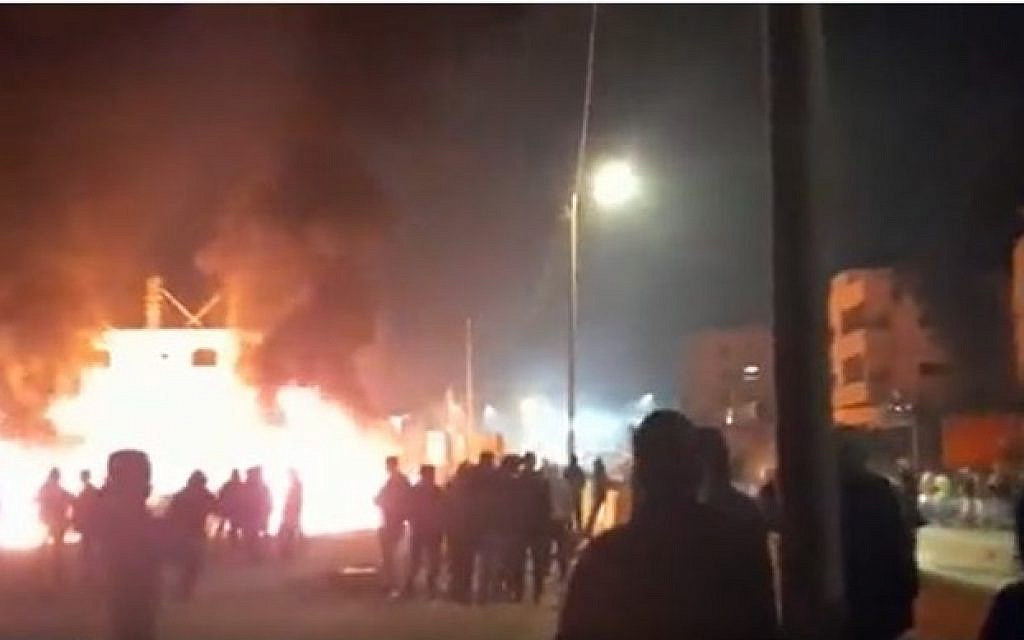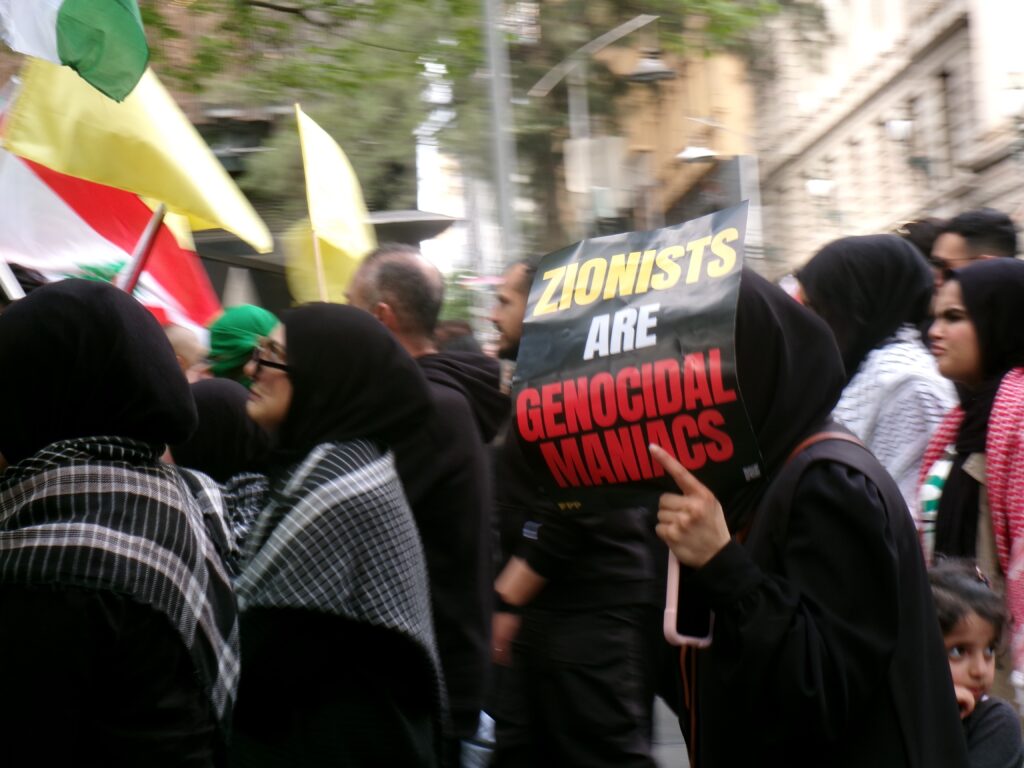UPDATES
Assad’s survival plan explained
August 16, 2011 | Tzvi Fleischer
Over the weekend in Syria, the regime was reportedly shooting people as they exited mosques after prayers near Damascus, and even used the navy to shell the port of Latakia, killing 21 people (see Daniel’s post earlier today for more details and discussion). Peripatetic Middle East reporter Michael Totten points out that Latakia is in the heartland of President Bashar al- Assad dominant Alawite minority. He note:
Unlike in the other “Arab spring” countries, the anti-regime demonstrations and the government crackdown [in Syria] have been decidedly sectarian… But if Assad feels he has to shell Latakia, of all cities, he has a real fight on his hands. That’s a bit like Saddam Hussein sending tanks into Tikrit or the Israelis dropping bombs on Tel Aviv…
Explaining why Assad is continuing to escalate the violence against his own people, noted American foreign policy pundit Walter Russell Mead has an excellent post describing Assad’s strategy for survival. He says it relies on systematically attacking the centres of protest one by one with overwhelming force while assuming what the rest of the world does, or thinks, doesn’t matter.
Judging from his actions, Assad believes that the key to survival is to keep the domestic protests contained. To achieve this with a limited and in parts unreliable army he seems to be attacking the centers of protest one at a time. He lets protests simmer in some cities while brutalizing the main target, then turns from that target to the next. This approach, ghastly and brutal as it is, seems to be working at present and time is probably on his side.
The question is whether forces outside Syria – the liberal west, angry Sunnis, ‘world public opinion’ whatever that is – can somehow shift the balance of power inside the country. Assad thinks they can’t. His calculation is that Libya has killed the appetite of the Atlantic powers for new humanitarian wars in the Middle East. Britain and France are up to their eyeballs in an unsustainable military commitment, and the Obama administration is too weak and too busy to do much more than talk. Americans talk a lot; Assad and his father have ignored American lectures and advice for decades. Russia and China will block military action at the UN even if anyone was asking; NATO’s reckless and cynical mandate-stretching in Libya has closed that door for a long time to come.
Sunni rage is as impotent, Assad believes, as the liberal west. Saudi Arabia can bribe but to little effect. Egypt is in no position to look beyond its frontiers… That leaves Turkey… Assad believes that Turkey will talk rather than strike; the costs of chaos on its southeastern frontier are too high. More, Assad believes that Iran will offer whatever he needs to balance the Turks.
As for sanctions, and isolation, he can wait them out for decades if he must…
Mead concludes “This is his [Assad’s] calculation and so far he’s been right.”
Read all of Mead’s comments. He sets some useful parameters for the debate about what to do about Syria. The question should be, given all this, how can outside forces prove Assad wrong?
Tzvi Fleischer
Tags: Syria





